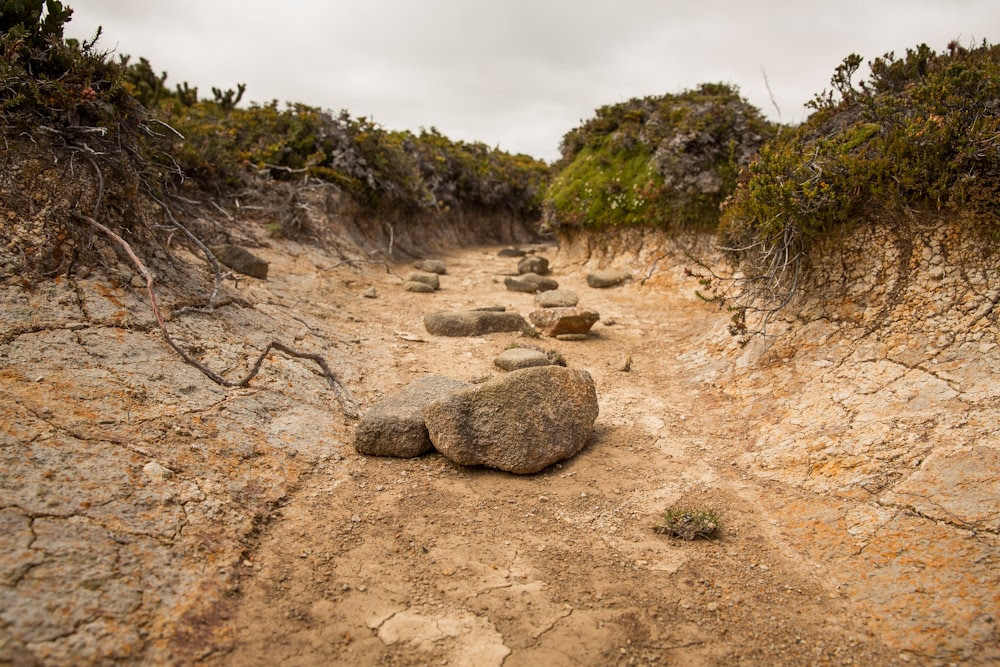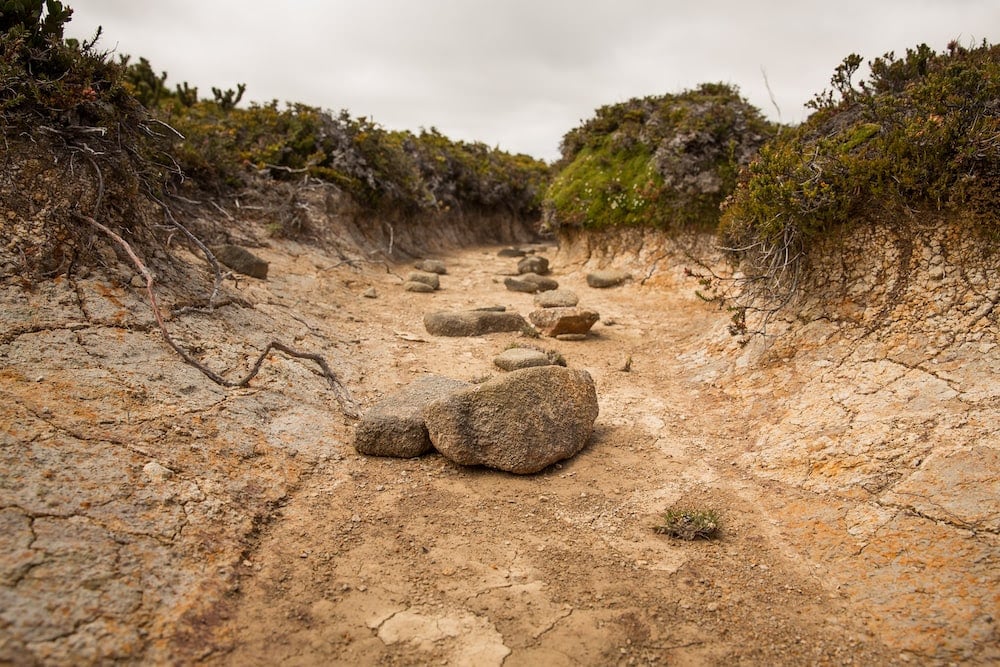
With drought on the way, water shortages are intensifying in France, where 80-90% of drinking water comes from groundwater, many of which are already at abnormally low levels. Groundwater, filtered by rocks, is preferred to surface water because it is of better quality. The 10 main risks associated with a water shortage are :
The impossibility for certain communities to be supplied with drinking water. Drinking water will be replaced by bottled water in the municipalities concerned. Rationing of this kind already exists in various Mediterranean countries, and was introduced in some communes in south-western France in April, and is also threatening communes in the south-east of the country.
A deterioration in drinking water quality. Low groundwater levels increase the risk of pollution, as the water is no longer sufficiently filtered and stirred by the current.

The mandatory transformation of agricultural practices. Agriculture is responsible for the majority of groundwater withdrawals. Certain crops will have to be abandoned in favor of more drought-resistant species.
Continued food inflation. The price of cereals such as rice, whether produced in France or imported, is set to rise sharply as a result of increased weather disasters. Some products could disappear from supermarket shelves due to lack of stock or if prices become too high.
Rising feed costs for farm animals. Cereals, hay and animal feed will all be affected by rising prices, with repercussions on the price of meat for consumption and animal-based leisure activities.
Malfunctions in hydropower production. If water levels in ponds and lakes fall too much, as they did in the summer of 2024, this could have an impact on energy prices, even leading to power cuts.
The need to adapt to the industrial sector. The industrial sector will have to consume less water and perhaps produce less, particularly in the textile, paper and cardboard sectors.
Impact on leisure activities and tourism. Outdoor sports requiring watering, such as soccer and golf, are particularly affected. Restrictions could be imposed, and tourism could decline in departments experiencing the most severe drought. This could have an impact on economic activity.
An increase in the number of climate refugees. Populations and companies are affected by possible migration between countries, but also within the same country if companies can no longer continue to produce according to their needs, for example.
The emergence of conflicts over the use of water resources. According to the UN, water could become a more precious commodity than oil in the coming decades. In addition to international conflicts, tensions could also erupt within a single country over the solidarity measures put in place between different territories to cope with water scarcity.




